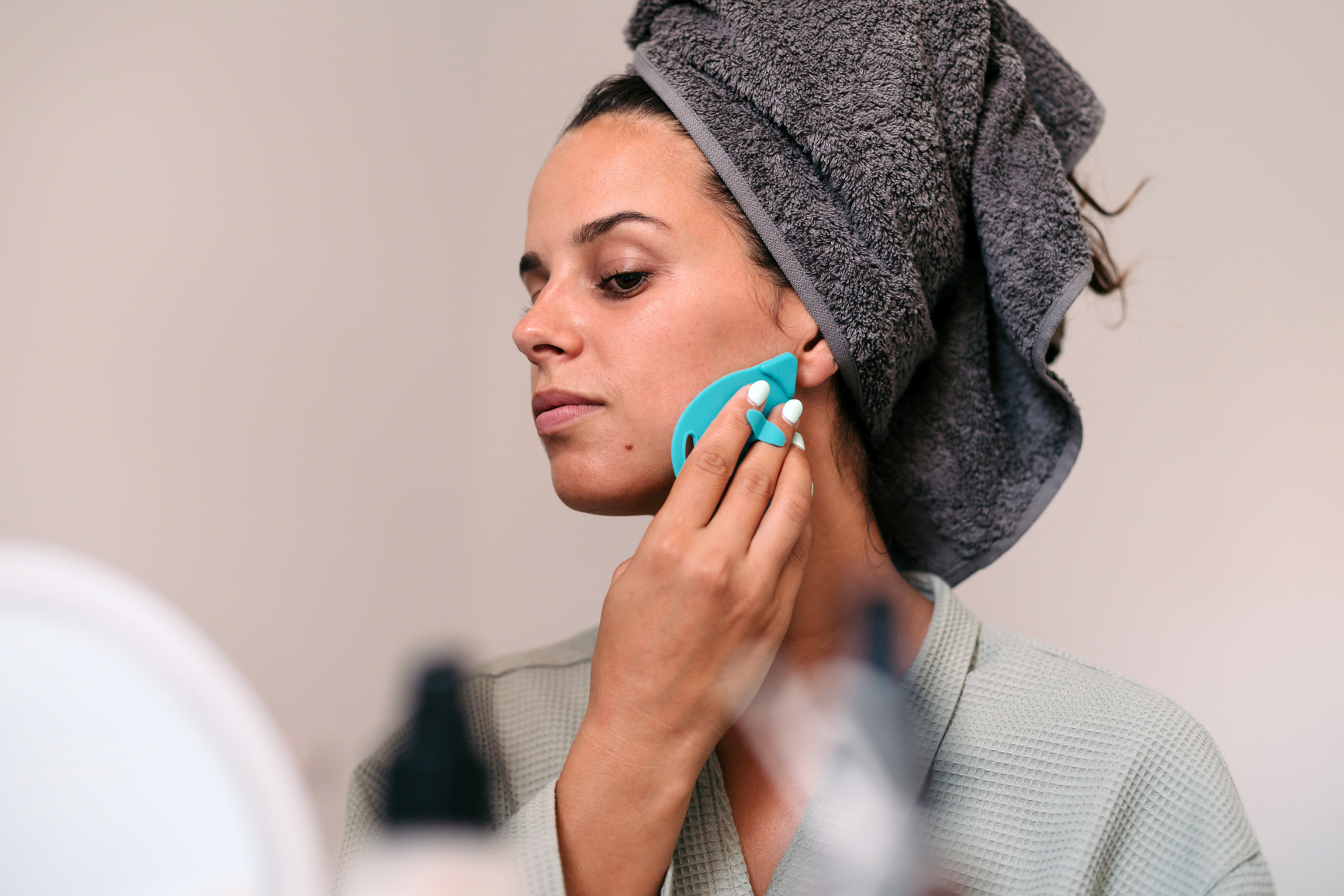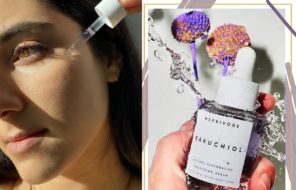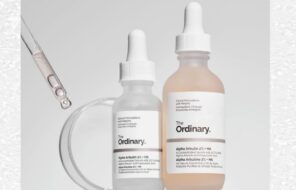Exfoliating scrubs and brushes offer a variety of skin health benefits, from enhancing your skin’s glow to banishing acne to preventing fine lines.
The two main types of exfoliation, mechanical and chemical, can be equally beneficial. Keep reading to learn more about these two methods, their potential benefits and side effects, and how to exfoliate your face at home properly.
What’s exfoliation?
In case you need a little refresher on exfoliation, here’s a brief explainer. Exfoliation is the process of eliminating built-up debris and dead cells on your skin’s outermost layer. Its purpose is to regenerate skin for visible improvements to its appearance and a more polished look.
Benefits of facial exfoliation
Exfoliation has numerous skin health benefits. It can help eradicate dead skin cell buildup on your skin’s most visible layer, which might cause premature aging and make your face look tired or drabby. Gregory Dylan, a licensed esthetician based in West Hollywood, confirmed this when we spoke with him. “Dead skin cells build up and accentuate fine lines and wrinkles. [They also] create a dull appearance on the skin,” he said.
Acne-prone individuals could also see favorable skin improvements with a regular exfoliation routine. According to Dylan, “[Dead skin cells] also clog your pores, which leads to blackheads and acne. Exfoliation works to remove those dead cells, revealing the younger, plumper cells underneath. It also helps to unblock pores, which helps keep blackheads and breakouts away.”
The different types of facial exfoliation
There are two main types of exfoliation: mechanical and chemical. While each method has a different way of rejuvenating your skin, both exfoliation types can help you achieve the common goal of removing buildup.
Mechanical exfoliation
Mechanical exfoliation involves removing dead skin cells with physical exfoliants like face scrubs with small grainy particles, cleansing brushes, and washcloths. This exfoliation method uses these types of tools and scrubs with abrasive textures to achieve this result.
Chemical exfoliation
Chemical exfoliation works a bit differently than mechanical, as it involves the use of acid-based face washes that dissolve into your skin, loosening dead skin cells for minimally invasive removal. Typical ingredients in chemical exfoliants include alpha hydroxy acids (AHAs) and beta hydroxy acids (BHAs).
How to exfoliate properly
The right amount of exfoliation can have visibly favorable effects on your skin. How can you create a safe and effective exfoliation regimen for yourself? We spoke with Dr. Anna Chacon to learn the correct way to exfoliate.
“Apply moisturizer after cleansing and toning, then apply a product containing AHAs or BHAs (exfoliants),” Chacon said. “Exfoliating should be done no more than twice per week.” She further explained what ingredients to avoid before exfoliating. “Don’t use any products with alcohol or retinol before you exfoliate,” she said. “These ingredients can increase irritation and redness in those with sensitive skin.”
Why you shouldn’t use sugar as an exfoliant
Sugar scrubs have become increasingly popular as an exfoliation tool. These scrubs contain sugar crystals for massaging the skin. Its purpose is no different than that of most exfoliators: to get rid of debris and dead skin cells.
Regular sugar scrub use doesn’t necessarily lead to a sweet ending, however, as the scrub’s rough texture can be too harsh for facial skin. Risks include minor skin tears in the form of scratches and wounds. You may also face other types of skin damage, from redness to dryness.
We spoke with Dr. Alpana Mohta, who also hinted at this. “There are a few risks associated with using sugar as an exfoliator,” she said. “First, sugar can be too harsh for some skin types and can cause irritation. Second, sugar can cause the skin to become dehydrated, so it’s important to use a moisturizer after exfoliating. Finally, sugar can attract bacteria, so it’s important to clean the skin thoroughly before and after exfoliating.”
Both store-bought and homemade sugar scrubs may put you at risk of the aforementioned side effects. Using finer sugar granules can still have the same detrimental impact. That’s why some skincare experts recommend avoiding sugar scrubs as a facial exfoliator entirely.
Potential side effects of facial exfoliation
Exfoliation’s potential side effects range from mild to severe, depending on your skin’s sensitivity level. You may experience inflammation if you exfoliate more often than you need to, or you might see a few rashes here and there. For some, excessive exfoliation may result in drier, flakier skin.
“Too much exfoliation can cause redness and sensitivity, so it is important to keep a balanced routine and not overdo it.” If you have easily irritable skin, an esthetician or dermatologist may advise you to keep exfoliating at a minimum,” Dylan said.
How often should you exfoliate?
This is where it gets a bit dicey. No one-size-fits-all answer exists for how often one should exfoliate. “The answer is that it depends…[but generally speaking], exfoliating should be done no more than twice per week,” Chacon said.
She continued, “Exfoliating can be beneficial for many skin types, but if your skin is very dry, you might want to avoid it altogether. If your skin is oily or acne-prone, though, exfoliating may help keep it clear and healthy.”
The final verdict on face exfoliation
As you can see, face exfoliation has its pros and cons. Its potential benefits range from eradicating dry and dull skin to restoring your skin’s youthfulness. These benefits result from exfoliation’s ability to eliminate dead skin cells. To determine how frequently you should exfoliate (or if it’s something you should regularly do or avoid), seek one-on-one medical guidance from a dermatologist or licensed esthetician.





